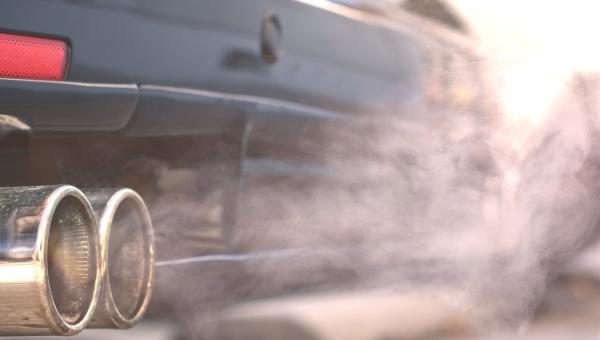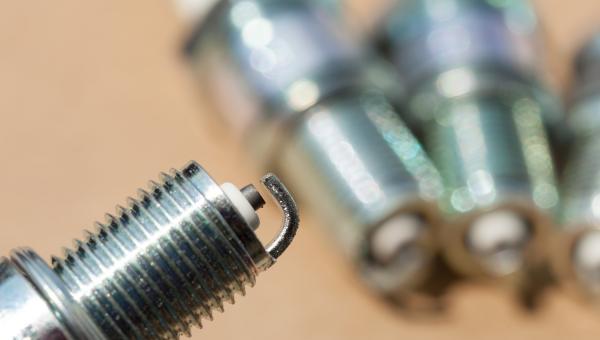Test Drive Notes Library
-
 Pros
Pros
- Styling. There’s a school of thought that contends that people buy cars primarily on the basis of looks. The minority that subscribes to Consumer Reports might disagree, but it’s hard to argue. And based on that premise, Chevy will sell a lot of Blazers. It’s amazing what a well-designed, aggressively styled front end will do for an otherwise just-pretty-good GM crossover. But we have no doubt that a lot of people will see the front of the Blazer and decide they want one.
- Overall livability. Those people won’t be disappointed. While the Blazer doesn’t live up to aggressive styling in terms of the way it drives, most people would rather have that cool styling paired with everyday livability. They get that with the Blazer. It’s easy to get in and out of, comfortable, quick, competent, and will handle suburbia with ease.
- Drivetrain. The engine-transmission combination in the Blazer is impressive. The six-cylinder, 3.6 liter engine with 308 hp is more than enough for this five seater. The nine-speed transmission shifts almost imperceptibly, so acceleration is plentiful and smooth. We only got about 19 mpg, although the EPA says you’re entitled to expect 21. There’s a four-cylinder engine option that we didn’t drive. At 193 hp, that might be enough for many people. It gets 3 more mpg, but only comes in front wheel drive.
- Handling. The handling in the Blazer is surprisingly decent, given the overall softness of the ride. It can feel almost pillowy and floaty, but nevertheless turns with a good amount of precision, and doesn’t lean much in the corners. Good grades for handling competence.
- Interior. There’s good room in both front and back. The interior in our higher-end Premier level Blazer was tasteful, with notable soft surfaces abutted by some old-fashioned hard ones. The touch screen was laid out logically, with a useful “home” button, and Apple CarPlay and Android Auto. Inside the ride is quiet.
- World’s biggest temperature knobs. There were years, in the 90’s and oughts, when we were begging car makers to give us back our knobs. The terrible “little push-button for everything era” lasted far too long. The good news is that knobs, for key functions like volume and temperature, have come back, by popular demand. But no one has, or likely will, surpass the Blazer for pure gargantuan knobbery. The pendulum has swung, my friends! We found ourselves searching for the temperature adjustment in the Blazer. We were dumbfounded, until we stumbled upon the answer. Two, enormous, round air vents—about six inches in diameter each—near the bottom of the console, are also temperature knobs. While it was a challenge to figure that out the first time, you only have to discover it once, and thereafter, you can forever put your hands on the biggest temperature knobs in the history of the automobile. They’re actually easy to find and feel without taking your eyes off the road, and they work well.
-
 Cons
Cons
- Safety is optional. With advanced safety features like automatic emergency braking and forward collision warning making their way into cheaper and cheaper cars, it’s starting to be an unpleasant surprise when these features are not standard (or in some cases, even unavailable) on pricier models. In order to get automatic emergency braking and forward collision warning in a Blazer, you have to opt for the Premier trim and higher, and then pay for them as options. So to get a two-row crossover with the safety features you absolutely must have for your family, you’re looking at a 50K list price. Chevy would be smart to make these features, and blind spot warning, standard across the board.
- Rear visibility. Par for the course these days, the rear styling limits rear visibility to Mr. Magoo levels. That makes blind spot monitors a necessary option, so factor that into the cost. The back up camera certainly helps with parking, but not with changing lanes.
- Unknown reliability. While this is a very good and competent crossover that provides both aggressive styling and day to day comfort, it’s a new vehicle and its reliability is unknown. Unfortunately, Chevy’s overall reliability scores prohibit us from giving it the benefit of the doubt out of the gate. We’ll just have to see once we have some ownership reports.
Test Drive Notes Library
Get the Car Talk Newsletter
 Pros
Pros Cons
Cons


